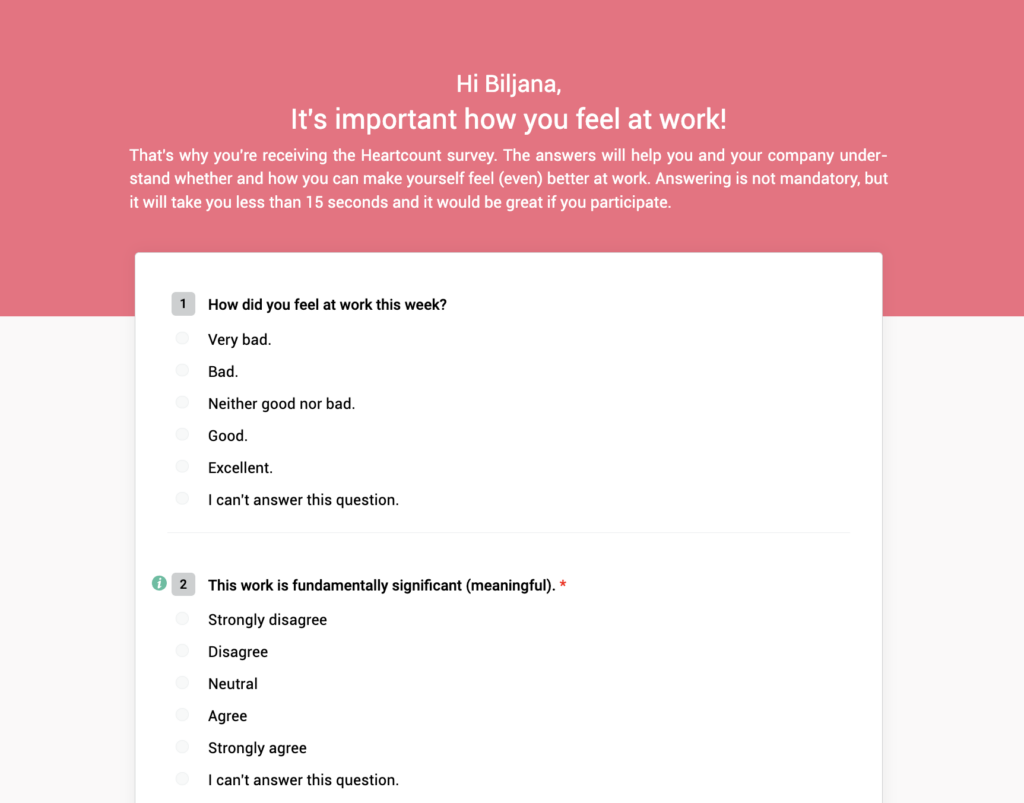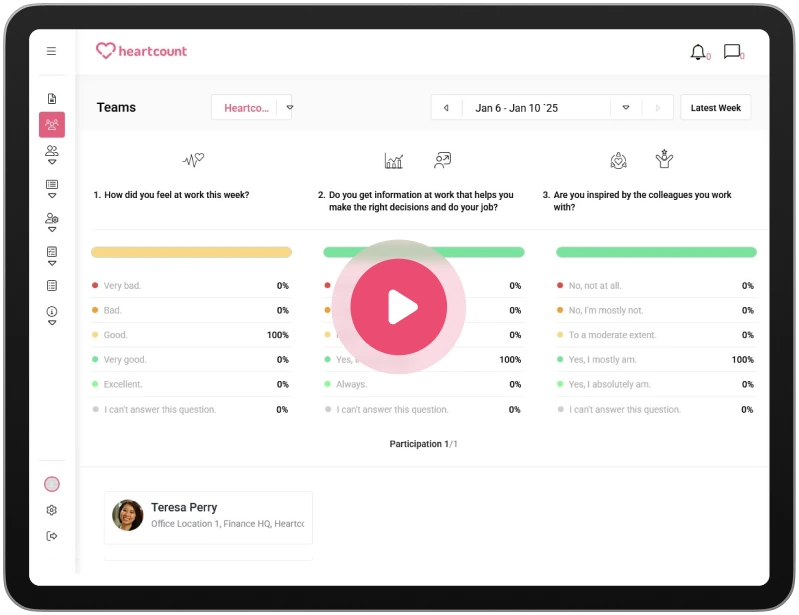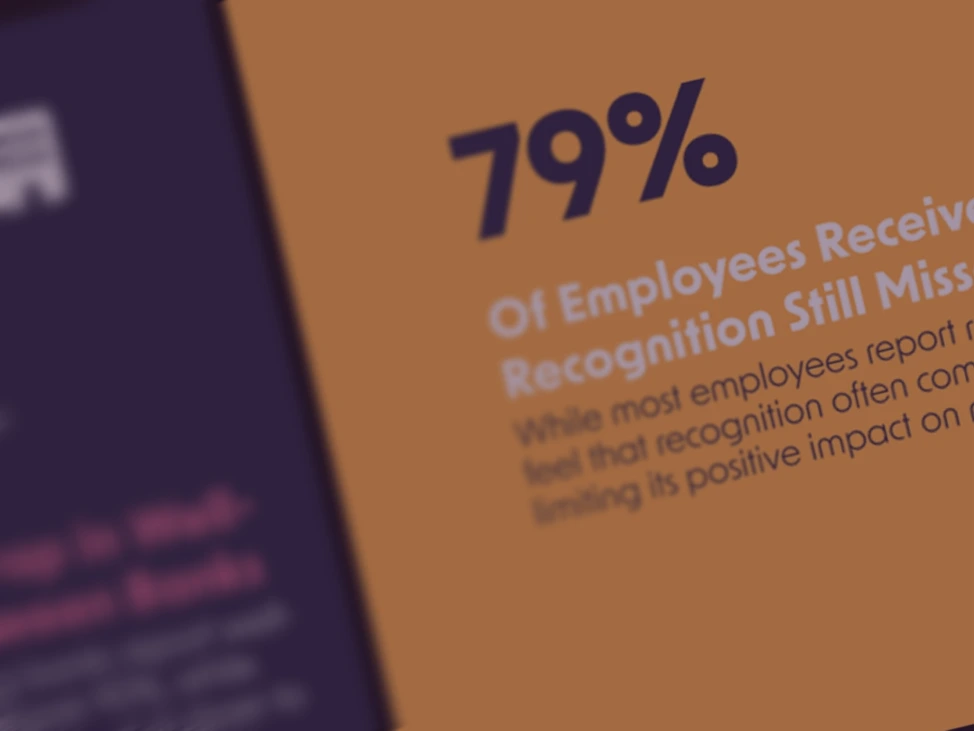Vega IT’s First Product: The Story Behind HeartCount

This is the story of how HeartCount came to be: from a necessity to an idea and ultimately, the final product.
Around eleven years ago when Vladan and Saša founded Vega IT, they aimed to create a workplace where people enjoy working and have strong interpersonal relationships.
It was quite easy to achieve that when two people were in the company. Even when the company expanded to 20-30 people, they managed to sustain a happy atmosphere. Being in the same office, allowed them to stay familiar with their employees’ emotions and satisfaction levels. They engaged in open dialogue with their colleagues, offering support and fostering mutual understanding.
However, as Vega IT continued to grow, management recognized the importance of maintaining connections with the growing team and ensuring ongoing satisfaction. This sparked the idea for HeartCount.
This is the story of how HeartCount came to be: from a necessity to an idea and ultimately, the final product.
Around eleven years ago when Vladan and Saša founded Vega IT, they aimed to create a workplace where people enjoy working and have strong interpersonal relationships.
It was quite easy to achieve that when two people were in the company. Even when the company expanded to 20-30 people, they managed to sustain a happy atmosphere. Being in the same office, allowed them to stay familiar with their employees’ emotions and satisfaction levels. They engaged in open dialogue with their colleagues, offering support and fostering mutual understanding.
However, as Vega IT continued to grow, management recognized the importance of maintaining connections with the growing team and ensuring ongoing satisfaction. This sparked the idea for HeartCount.
The challenges lead to HeartCount
Vega IT’s HR department implemented different approaches and tools, such as standard job satisfaction surveys, to gain clear insight into employee satisfaction and engagement.
They attempted to conduct these surveys more frequently than once a year. However, even when they conducted the survey quarterly, it was still not enough to yield satisfactory results.
The main problem was that people might already be feeling unhappy or unsatisfied by the time they were asked to share their feedback.
Also, questions in these traditional satisfaction surveys focused more on their job satisfaction and common rational things than how employees truly felt at work.
Back then, when there were around 50 or 60 people in Vega IT, Saša and Vladan, started talking about how they could improve things. They wanted to conduct surveys more frequently and ask people about their happiness and how they feel every week at work.

Vega IT’s first product – An employee experience platform
Vladan and Saša met Alexander Kjerulf, the founder of Woohoo Inc. As he was the author of a few books about happiness at work, he discovered a better way to measure the level of happiness among employees.
Three entrepreneurs, Saša, Vladan, and Alexander, decided to build an employee experience platform that would measure several work engagement categories.
In 2017, they began building the first version of HeartCount.
Around six months later, they started testing it within Vega IT with approximately two hundred people.
When the testing phase was completed, they decided to show HeartCount to the rest of the world.
COLLECT
What sets HeartCount apart?
When HeartCount was launched, it quickly became the go-to tool for human resource departments. It is a convenient way for HR professionals to measure employee engagement and happiness of their employee without wasting time.
HeartCount platform includes concise employee surveys that people get every Friday morning and require less than 30 seconds to complete.

Saša, the CEO of Vega IT shared his initial experiences with HeartCount:
“Do you think that your team lead or any other person in the company cares about you as a person?”.
I was surprised that a few people answered with “No” to this question.
My employees didn’t realize I valued them.
Based on this data, I acted and wrote an email to show my appreciation and gratitude.
This really didn’t cost us anything, and it greatly improved people’s feelings and the results they produced afterward.
To sum up
Implementing this kind of software in everyday practice brings significant value to companies.
It allows HR professionals to act based on precise data. They can speak directly to management and say, “Here are the numbers — 45% of your employees don’t feel they are being praised for their work.”
Then, they can find the best solution together.
Moreover, in companies with a flat organization like Vega IT, when you chat with people informally, in a canteen, or anywhere else, they don’t always openly discuss how they feel at work.
However, when they receive a weekly pulse survey, management sees exactly not only how they feel but also what they learned new that week or how they are satisfied with the company in general.
There have been cases when people regularly answered the survey and then stopped for weeks. Avoiding surveys can also be a sign of dissatisfaction. So, not getting any answers can also help management discover the feelings of their employees.









